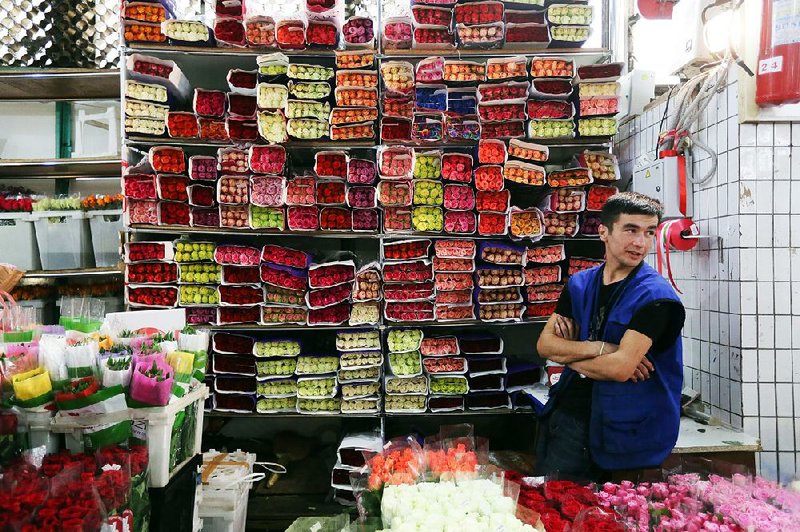Russia's retailers may be forced to raise prices further after the ruble's slump this month, creating pain for consumers, according to retailers that reported earnings this week.
Suppliers from Turkey and South America are asking for more money, especially for fruit and vegetables, after the ruble weakened, according to Lenta Ltd. Chief Executive Officer Jan Dunning.
"If the exchange rate stays at the current level of about 68 rubles per dollar long term, it could have a significant impact on retailers," Dunning said. "Purchasing power has weakened and a step-up in food inflation could cause difficulties for Russian consumers."
The exchange rate touched 70 rubles per dollar this week versus 59 rubles at the end of July amid a drop in the price of oil, Russia's biggest export earner. That followed a 46 percent collapse in the currency last year, which spurred inflation to reach a peak of 16.9 percent in March, the fastest in 13 years.
The threat of rising prices hasn't triggered panic shopping yet, according to Russia's largest electronics retailer M.video PJSC. In December, consumers rushed to buy up nonperishable food and electronics as the ruble plunged, touching a record 80-1 ratio to the dollar.
"We see a growing interest in investment goods -- home appliances and TV sets," said Anton Panteleev, spokesman for M.video. "Their sales surged 30 to 40 percent in recent days. Still, this barely compares with last December."
First-half sales grew 2.3 percent as inflation increased the average amount each customer spent, tempering a 13 percent decline in the number of transactions, Denis Davydov, M.video's investor relations director, said on a conference call Wednesday.
M.video doesn't rule out price increases in the next several months even if the ruble stabilizes at current levels against the U.S. dollar, according to Panteleev.
Some retailers are turning to food production to cut costs and to compensate for Russia's retaliatory import restrictions. Lenta, which makes salad and bread in St. Petersburg, is considering an expansion of its own output, according to Dunning. Groupe Auchan SA, Russia's third-largest retailer, plans to start a meat-processing project in the Tambov region next week.
The central bank will allow the ruble to weaken to 80 per dollar before selling foreign currency, according to the median estimate of 26 analysts. It will tap reserves to rescue the currency if oil slips to $40 a barrel and stays there through year-end, 19 of 30 economists in the Aug. 24-26 survey said.
Faced with Russia's first recession in six years and the worst currency rout since a 1998 default, the central bank floated the ruble in November, sparking a slide of about a third against the dollar. Its commitment to that decision is being tested as a new round of energy-price weakness feeds into the currency. While that increases the ruble value of dollar-based oil revenue, it also stokes inflation, curbing purchasing power, a major economic driver.
"The central bank doesn't mind the ruble weakening as the budget painfully needs it to adjust to the low oil price," Vladimir Miklashevsky, a strategist at Danske Bank, said via email. "It seems the Bank of Russia has become more cautious with use of interventions or policy tightening as those measures haven't historically brought any relief."
The ruble is the world's worst-performing currency in the past 12 months, sinking 45 percent, data compiled by Bloomberg show. It's only once breached 80 per dollar, an all-time low, in intraday trading on Dec. 16.
Information for this article was contributed by Anna Andrianova and Andre Tartar of Bloomberg News.
SundayMonday Business on 08/31/2015

